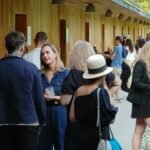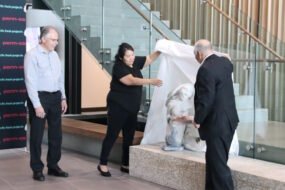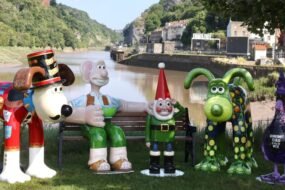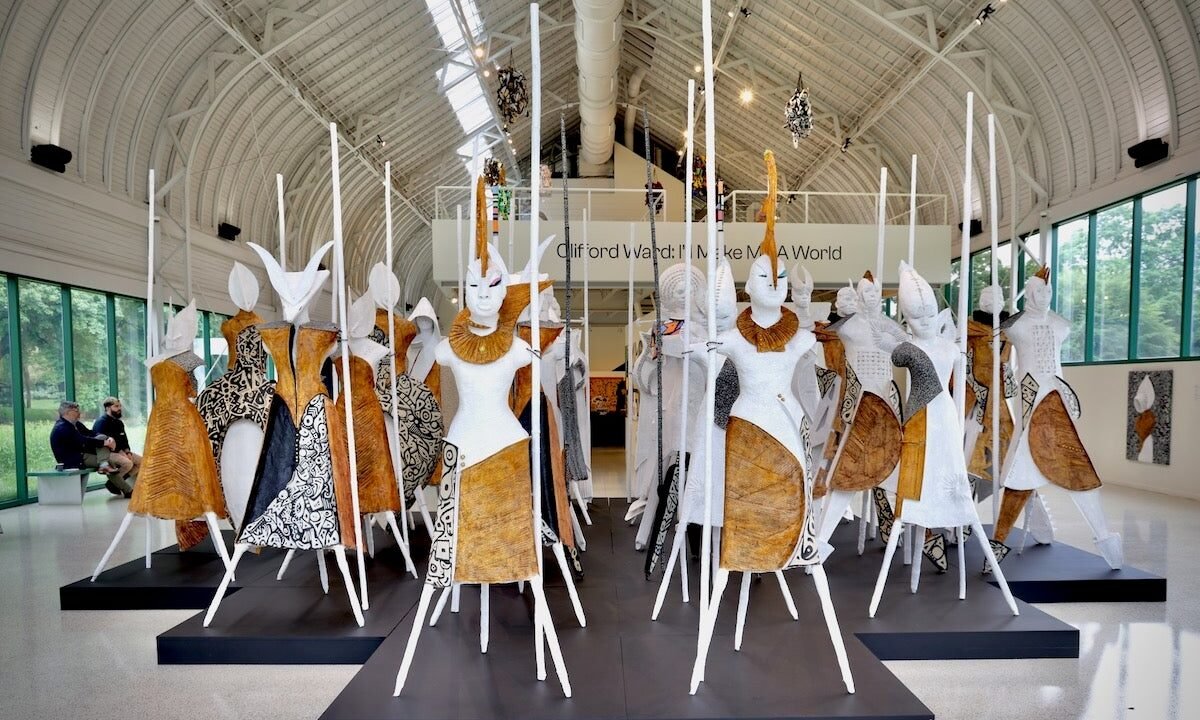
From Philly and the Pa. suburbs to South Jersey and Delaware, what would you like WHYY News to cover? Let us know!
Grounds for Sculpture, the 42-acre botanical and sculpture garden in Hamilton, New Jersey, has merged with the Johnson Atelier Digital, a commercial workshop that fabricates large-scale sculptural works.
Both were originally founded by artist Seward Johnson and occupy adjacent land. Of the more than 300 sculptures in the park, 40% were fabricated at the atelier.
Johnson Atelier Digital is a for-profit offshoot of the nonprofit Seward Johnson Atelier, a legacy foundation that manages and maintains Johnson’s artwork and supports outdoor sculptural work generally. The Seward Johnson Atelier foundation is not part of the merger and remains independent.
“The synergy has always been there, but we’ve had different missions and different visions,” said Grounds for Sculpture CEO Gary Garrido Schneider. “When our founder was alive, he was the unifying force.”
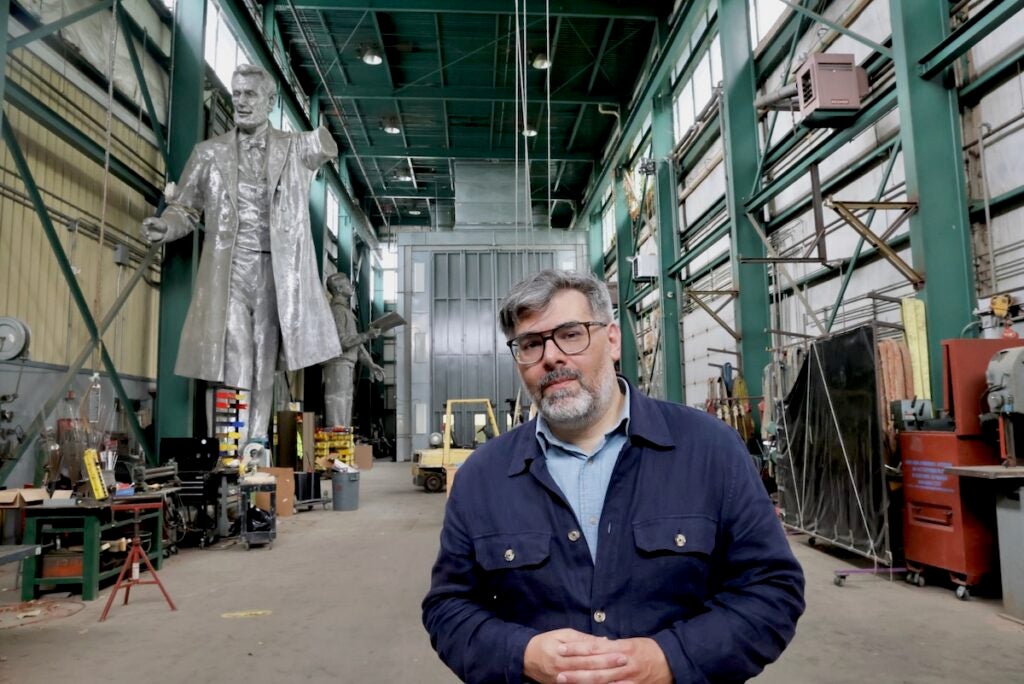
Johnson established his atelier in 1974 to give artists greater involvement in the technical production of their work. Ten years later, an abandoned plot of land behind the atelier, which operated as a fairground for almost a century prior, became available.
Johnson envisioned a rambling, lush landscape where sculptures could be appreciated by the public.
“We literally grew out the back door,” Schneider said.
Johnson died in 2020 at age 89. By then, Grounds for Sculpture was already led by Schneider and had found its footing beyond the founder’s vision and resources. Johnson was an heir to the Johnson & Johnson pharmaceuticals fortune.
“When he passed the atelier had to begin that same process that Grounds for Sculpture had done a decade ago of figuring out how you become self-sufficient,” Schneider said. “The [Johnson] family foundations asked if we would be willing to take on stewardship of that part of the legacy, the making part.”
The Johnson Atelier is housed in 60,000 square feet of space, where sculptures are designed and finished.
The staff can take a digital scan of a small prototype or maquette and use computer-assisted drafting software to scale it up to the full intended size of the sculpture. Computer Numerical Control millers can then cut high-density foam into shape. Should a piece need to be cast in metal, such as bronze, a mold is made at the atelier and shipped out to a foundry for pouring.
The atelier can fabricate missing parts of ancient artifacts, and design for industrial applications like pre-formed bridge supports and patterned sound barriers for freeways. It has a 30-foot-tall painting chamber that is able to accommodate huge pieces for industrial-grade coatings.



